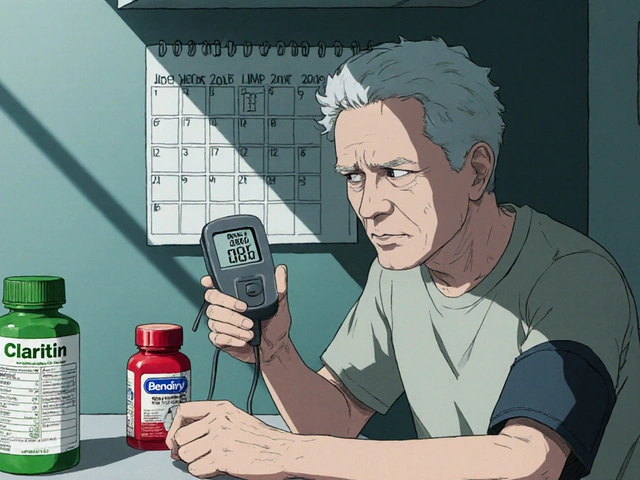Legionella Risk: What It Is and How to Reduce It
When working with Legionella risk, the chance of infection from Legionella bacteria in water‑borne environments. Also known as Legionnaires' disease exposure, it poses a serious health threat for older adults, smokers, and anyone with a weakened immune system. Legionella bacteria, a gram‑negative pathogen that multiplies in warm, stagnant water are the root cause, and they love hiding in water cooling towers, large structures that disperse cooled water into the air for building climate control, hot water tanks, domestic storage units that often sit at temperatures ideal for bacterial growth, and air‑conditioning systems, especially those that recycle water for evaporative cooling. Because the bacteria can become aerosolized, inhaling contaminated mist is the primary route of infection, which is why Legionella risk is tightly linked to building maintenance, water‑treatment practices, and travel habits. The risk escalates during summer months when temperatures hover between 20 °C and 45 °C, and in hotels or cruise ships where large, complex plumbing networks create countless niches for bacterial colonies. Understanding these relationships—bacteria thrive in warm water, warm water lives in cooling towers and tanks, and aerosol exposure happens through HVAC systems—creates a clear picture of why regular monitoring and temperature control are non‑negotiable. In short, managing Legionella risk means controlling the environment where the bacteria grow, limiting aerosol generation, and staying alert to symptoms like fever, cough, and shortness of breath.
Key Factors in Legionella Risk Management
Effective control starts with a solid testing program: water samples should be taken at least quarterly from high‑risk points such as the tops of towers, distal shower heads, and storage tanks, then analyzed for colony‑forming units. Temperature checks are equally vital; keeping cold water below 20 °C and hot water above 60 °C drastically cuts bacterial growth, a practice backed by the U.S. EPA and WHO guidelines. Chemical disinfection—using chlorine, monochloramine, or copper‑silver ionization—acts as a second line of defense, but each method requires proper dosing and regular verification to avoid corrosion or resistance. For travelers, especially those heading to regions with known outbreaks, it helps to ask hotels about their legionella prevention program and avoid long, hot showers in older properties. Facility managers can reduce aerosol spread by installing high‑efficiency filters on air‑handling units and ensuring regular cleaning of drip pans and condensate lines. When an outbreak is suspected, rapid response includes immediate water shut‑down, hyperchlorination, and notifying public‑health authorities. By tying together testing, temperature control, chemical treatment, and vigilant maintenance, the chain of infection is broken at multiple points, lowering the overall Legionella risk for occupants and visitors alike.
Below you’ll find a curated set of articles that dive deeper into specific aspects of Legionella exposure, from travel‑related cases to detailed maintenance checklists for cooling towers and hot‑water systems. Each piece offers practical tips, real‑world examples, and step‑by‑step guidance so you can apply the concepts right away.
Legionnaire's Disease Risks on Public Transport - Key Facts & Prevention
Learn how Legionnaire's disease can spread through public transport, who’s at risk, key symptoms, and practical steps for commuters and operators to prevent outbreaks.











